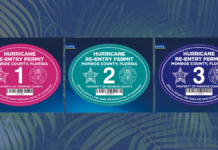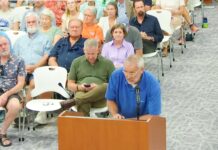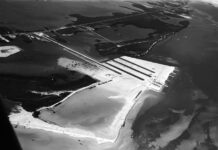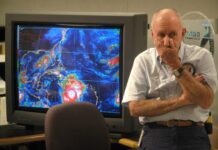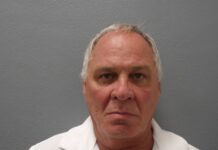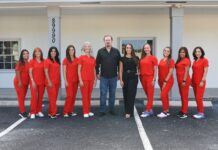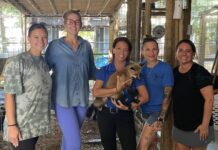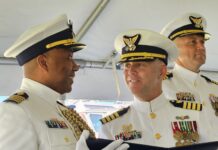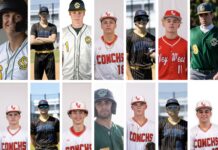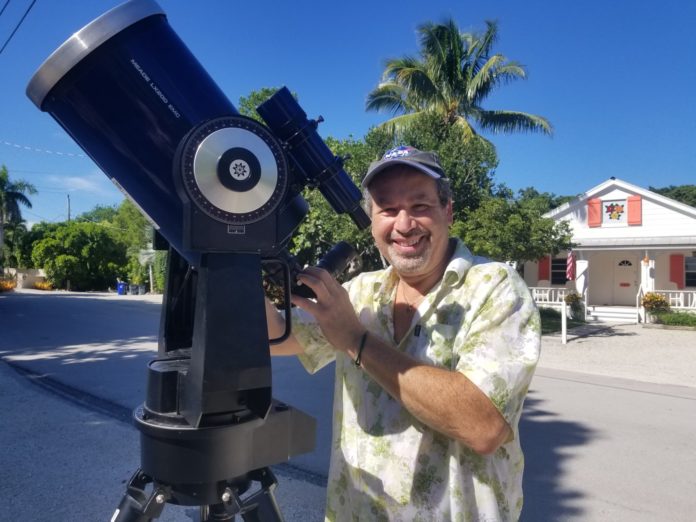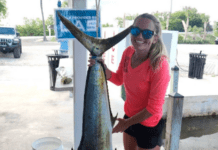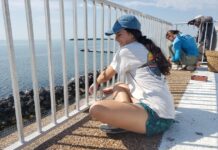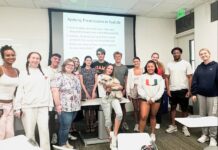The Event
It’s been 99 years since the last total solar eclipse passed over the contiguous United States. And while the mechanics of the event are very similar, our ability to understand it had changed due to the advances in learning and technology. (And not since 1979 has a total eclipse been visible from the mainland United States.)
“An eclipse teaches us so many things, but the 2017 eclipse is especially unique because of the uninterrupted land masses it will pass over,” said Lika Guhathakurta, an astrophysicist at NASA in Washington, in an article on NASA’s website. “This will allow us to maximize our chance to collect data and connect the shadow of the moon to Earth science.”
Guhathakurta described a variety of topics that NASA-funded eclipse projects may explore, including the varying luminosity of the sun and the relationship between surface temperatures and atmospheric changes.
The eclipse totality will cover a narrow corridor of 70 miles as it crosses 14 states. Future total solar eclipses will cross the United States in April 2024 and August 2045 (10 states).
— Weekly Staff report
- UPPER KEYS: peak at 2:58:55 p.m., when the moon obscures 76.2% of the sun.
- MARATHON: peak at 2:58:29 p.m., when the moon obscures 73.5 % of the sun.
- KEY WEST: peak at 2:56:57 pm EDT, when the moon obscures 71.3% of the sun.
Eclipse education
Fulco urges schools to take students outside
By Gabriel Sanchez
Five years ago, science teacher Charles Fulco began preparing for the Great American Eclipse that will happen on Monday, Aug. 21.
The longtime teacher turned education consultant was looking for a way to combine his love of astronomy and educating teachers to get kids learning about science outside. So Fulco took his act on the road and gained the support of the American Astronomical Society and NASA.
This year’s solar eclipse gets its name from the fact the full eclipse will only be visible in the United States. The path of the eclipse, which is racing from west to east coast, begins over the Pacific Ocean and ends over the Atlantic.
In anticipation of the event, Fulco has visited 28 states. Of the states experiencing total eclipse – Oregon, Montana, Idaho, Wyoming, Nebraska, Iowa, Kansas, Missouri, Illinois, Kentucky, Tennessee, Georgia, North Carolina, and South Carolina – he’s been to all but three.
The goal of his outreach has been to get as many school districts as possible on board with the idea of getting students outside for the eclipse.
“It only takes about 90 minutes for the moon’s shadow to travel the width of the country; at times it’s moving at speeds of more than 1,500 miles per hour,” said Fulco. “The eclipse gives kids the chance to experience something meant to be seen outside, instead of having to read about or see it on a computer screen. The last time the continental United States experienced a total solar eclipse was 1979.”
There have been some school districts around the country that have been hesitant about students viewing the eclipse says Fulco. Not in the Keys, however.
“The fact that schools here aren’t in the path of totality, but are so into it, has been cool,” he said.
Ocean Studies Charter School is one of the local school that has partnered with Fulco.
“We are excited to seize this teaching moment,” said Ocean Studies Charter School principal Abbie Freeman. “Our science teacher, Martha Loizeaux, is working with our students to learn about the eclipse prior to the event. The school has purchased safe viewing glasses and will view the eclipse on Monday. We look forward to providing opportunities for students to reflect and apply this new experience.”
Fulco has provided solar eclipse lenses for students at Ocean Studies Charter School, and Treasure Village Montessori, and Plantation Key School – where he’s also substituted on and off for the last three years.
The amateur astronomer has also been updating his Facebook page, Totality 2017, with new information and visuals leading up to the big day, and on the day of the eclipse, will be live-streaming a visual feed via NASA from a location in the path of totality from Carbondale, Illinois.

